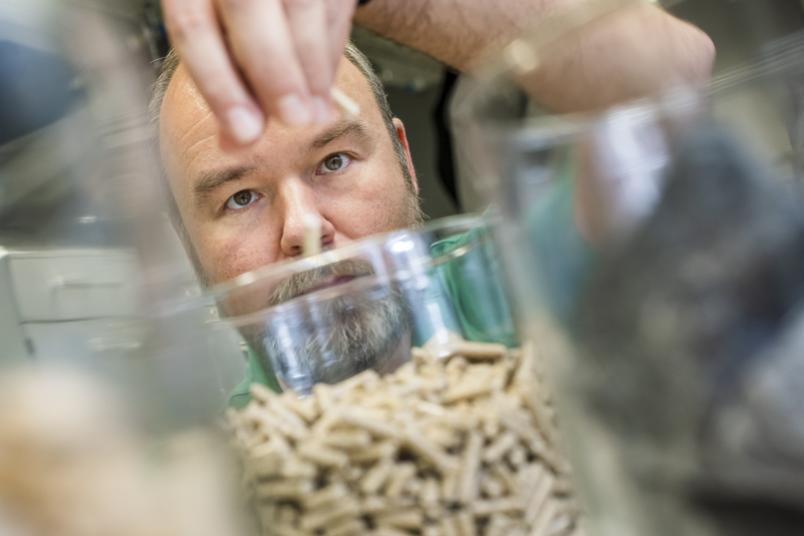
Computer Simulation
Heating Efficiently
Researchers from the Collaborative Research Center Bulk Reaction have set out to understand how the heat distribution in large-scale industrial furnaces affects the products inside. This should aid the energy transition.
Energy is in short supply and very expensive, and we want to move away from fossil fuels such as natural gas. That’s why the industry has begun to look at what’s going on where in large-scale industrial furnaces and how they can be heated as efficiently as possible, possibly using either hydrogen or electricity. This is because many of the products we use everyday undergo thermal treatment in such furnaces, including pills, coffee beans, limestone, wood chips and waste, to name but a few. Researchers at the Collaborative Research Center Bulk Reaction in Bochum and Magdeburg simulate the processes that take place in furnaces in order to optimize them going forward. Rubin, the science magazine of Ruhr University Bochum, has published an article about their project.
Stones transfer radiant heat
Professor Martin Schiemann and Matthias Tyslik from the Chair of Energy Plant Technology are conducting this research. Primarily, they hope to find out how the heat is distributed. To this end, they are using a lime kiln with a height of tens of meters. It can hold more than 100 tons of limestone, which is roughly crushed, poured in from above and removed from below. Each stone remains in the kiln for more than 24 hours. The kiln is heated by a lateral gas flame that rises to the top. The flame itself reaches temperatures of around 1,400 degrees Celsius, while the opposite side of the kiln has to be heated to at least 850 degrees Celsius. This is because the purpose of the heat treatment is to trigger a chemical reaction in the limestone. As a result, calcium carbonate is to be converted into calcium oxide, removing CO2 from the stone. The aim is to ensure that all stones that are removed at the bottom of the kiln have undergone a complete reaction.
“This is why we need to know exactly how the heat spreads in an industrial furnace,” explains Matthias Tyslik. It is transferred from the surface of one brick to the next as radiant heat, for example. This process depends on the conditions on site: The transfer can only take place across a line of sight, not across obstacles. The temperature difference between the individual stones also plays a role.
Calculations within reasonable time frames
In order to analyze the details of this heat transfer, the researchers have set up a number of experiments in their lab. “If you know all parameters, you can theoretically calculate such variables – even for the millions of bricks in a lime kiln,” says Martin Schiemann. “But it’d take so much time and computing capacity that it would be virtually impossible.” That’s why one of the goals is to simplify the simulation to such an extent that it can be carried out in a reasonable time frame without compromising on accuracy.
Detailed article in science magazine Rubin